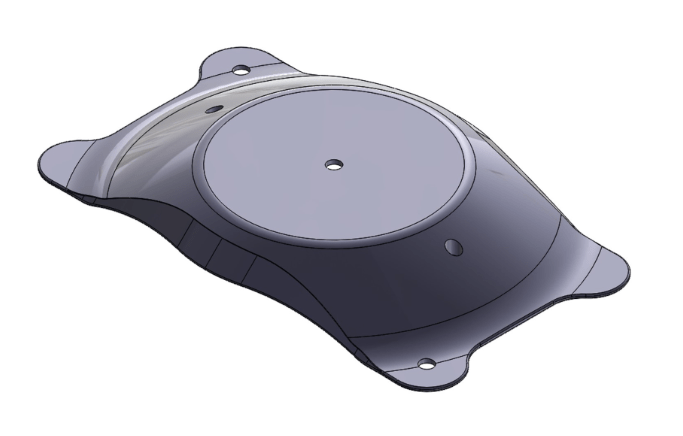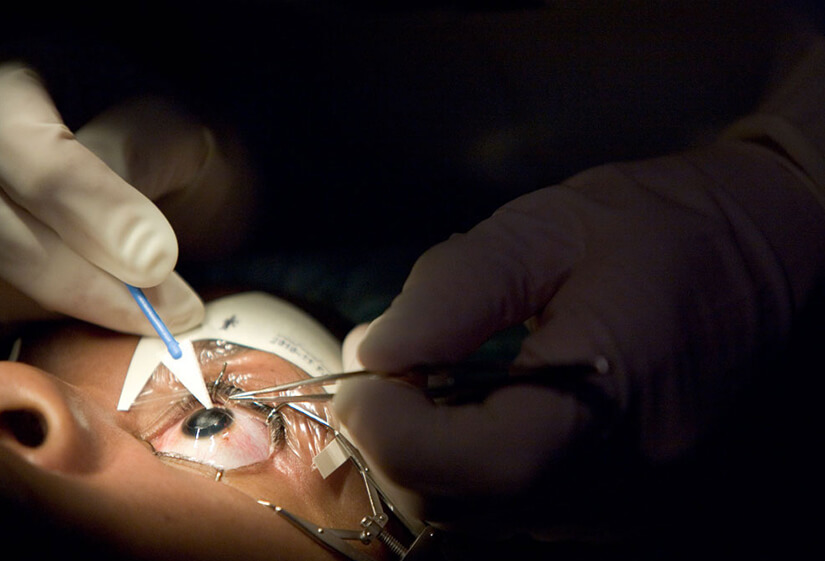In recent years, the world of ophthalmology has witnessed significant advancements in surgical techniques, offering individuals improved vision correction options. One such technique is Implantable Collamer Lens (ICL) surgery, which has gained popularity for its ability to treat refractive errors like myopia, hyperopia, and astigmatism. While ICL surgery can provide remarkable benefits, it’s essential to acknowledge that like any medical procedure, it comes with its own set of risks. In this article, we’ll delve into the potential risks associated with ICL surgery and provide insights for making an informed decision about your vision correction journey.
1. Introduction:
The prospect of clearer vision without the hassle of glasses or contact lenses is undoubtedly appealing. ICL surgery has emerged as an attractive option for many individuals seeking permanent vision correction. However, before embarking on this journey, gaining awareness of the potential risks associated with the procedure is crucial.

2. Understanding ICL Surgery
ICL surgery involves the implantation of a collamer lens—a biocompatible material—inside the eye to correct refractive errors. Unlike LASIK or PRK procedures, ICL surgery doesn’t involve reshaping the cornea. The lens is inserted between the iris and the natural lens, effectively altering the focus of light on the retina.
3. Common Benefits of ICL Surgery
Before diving into the risks, let’s acknowledge the numerous benefits of ICL surgery. This procedure offers exceptional vision quality and a rapid recovery time. It’s particularly appealing to individuals with high refractive errors that may not be suitable for other vision correction methods.

4. Exploring The Risks of Icl Surgery:
It’s important to approach ICL surgery with a comprehensive understanding of the potential risks involved. These risks can be categorized as preoperative, intraoperative, and postoperative.
4.1 Preoperative Complications:
Before the surgery, the medical team conducts thorough eye health assessments to identify any potential issues. In rare cases, complications such as inadequate anterior chamber depth or endothelial cell abnormalities might lead to reconsideration of the surgery.
4.2 Intraoperative Risks:
During the surgery, there is a slight risk of infection or bleeding. The positioning of the ICL is critical, and any misplacement could impact vision quality. Fortunately, skilled surgeons and advanced technology have significantly minimized these risks.
4.3 Postoperative Considerations:
While many patients experience improved vision shortly after surgery, some might encounter issues such as glare, halos, or double vision, especially during the adjustment period. These usually subside as the eyes adapt to the new lens.
5. Patient Suitability:
ICL surgery might not be suitable for everyone. Factors like age, stability of refractive error, and overall eye health play a role in determining eligibility. A thorough consultation with an eye care professional is essential to assess candidacy.
6. Minimizing Risks: The Role of Professional Consultation:
To mitigate potential risks, it’s imperative to consult with an experienced eye surgeon. They can provide personalized guidance, evaluate your individual case, and recommend the most suitable vision correction method based on your needs.
7. Long-Term Outcomes:
ICL surgery is known for its long-lasting results. However, it’s essential to attend regular follow-up appointments to monitor your eye health and address any concerns that may arise.
8. Alternatives to ICL Surgery:
For those who might not be ideal candidates for ICL surgery, alternatives like LASIK, PRK, or even non-surgical options like orthokeratology can provide effective solutions for vision correction.
9. Cost-Benefit Analysis:
Understanding the financial aspects of ICL surgery is crucial. While the initial cost may be higher compared to glasses or contact lenses, the long-term benefits can outweigh this, considering the ongoing expenses of those alternatives.
10. Choosing a Skilled Surgeon:
The skill and experience of the surgeon significantly influence the success and safety of ICL surgery. Extensive research and reviews can help you identify a qualified surgeon you can trust.
11. Conclusion:
In the pursuit of clear vision, ICL surgery presents a promising option. However, it’s essential to approach it with both enthusiasm and caution. By understanding the potential risks, seeking professional guidance, and making an informed decision, you can increase the likelihood of a successful outcome.
FAQs:
Q1: Is ICL surgery painful?
A: The surgery itself is not painful due to anesthesia. Some discomfort during the recovery period is normal.
Q2: How long does recovery take?
A: Most patients experience improved vision within a few days; however, full recovery may take a few weeks.
Q3: Can the lens be removed?
A: Yes, the ICL is removable; moreover, it provides flexibility for future adjustments if necessary.
Q4: Will I still need glasses after surgery?
A: While many achieve clear vision without glasses, some might still require them for specific activities like reading.
Q5: Is the procedure reversible?
A: Reversing ICL surgery is possible by removing the lens, but it’s not a common practice and should be thoroughly evaluated.












